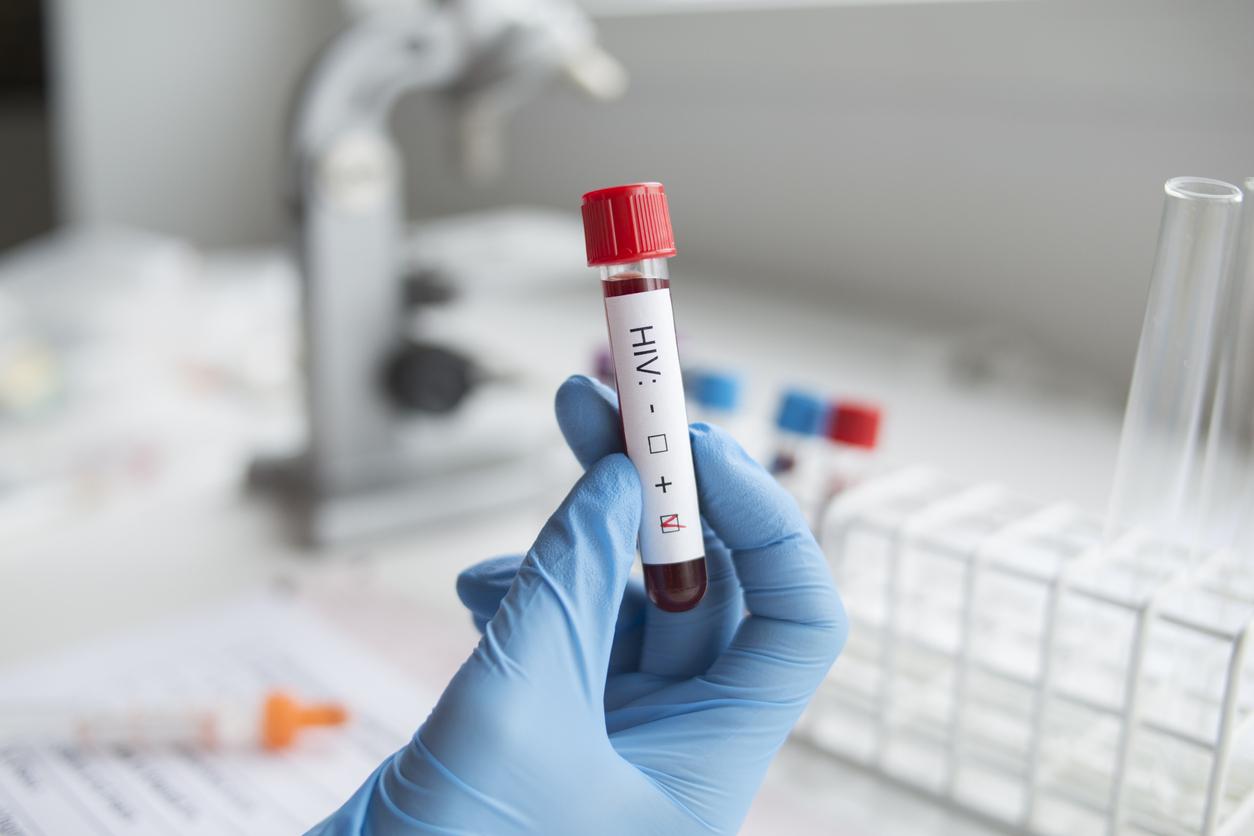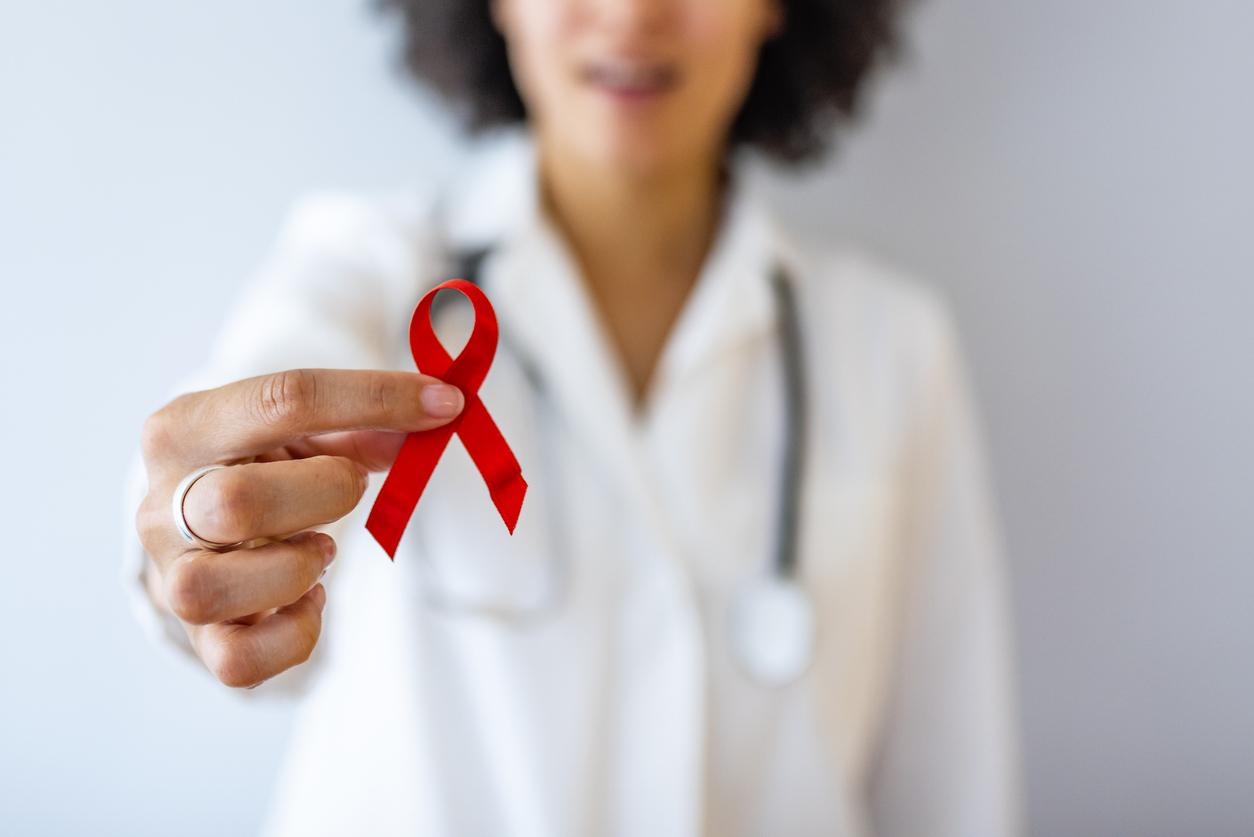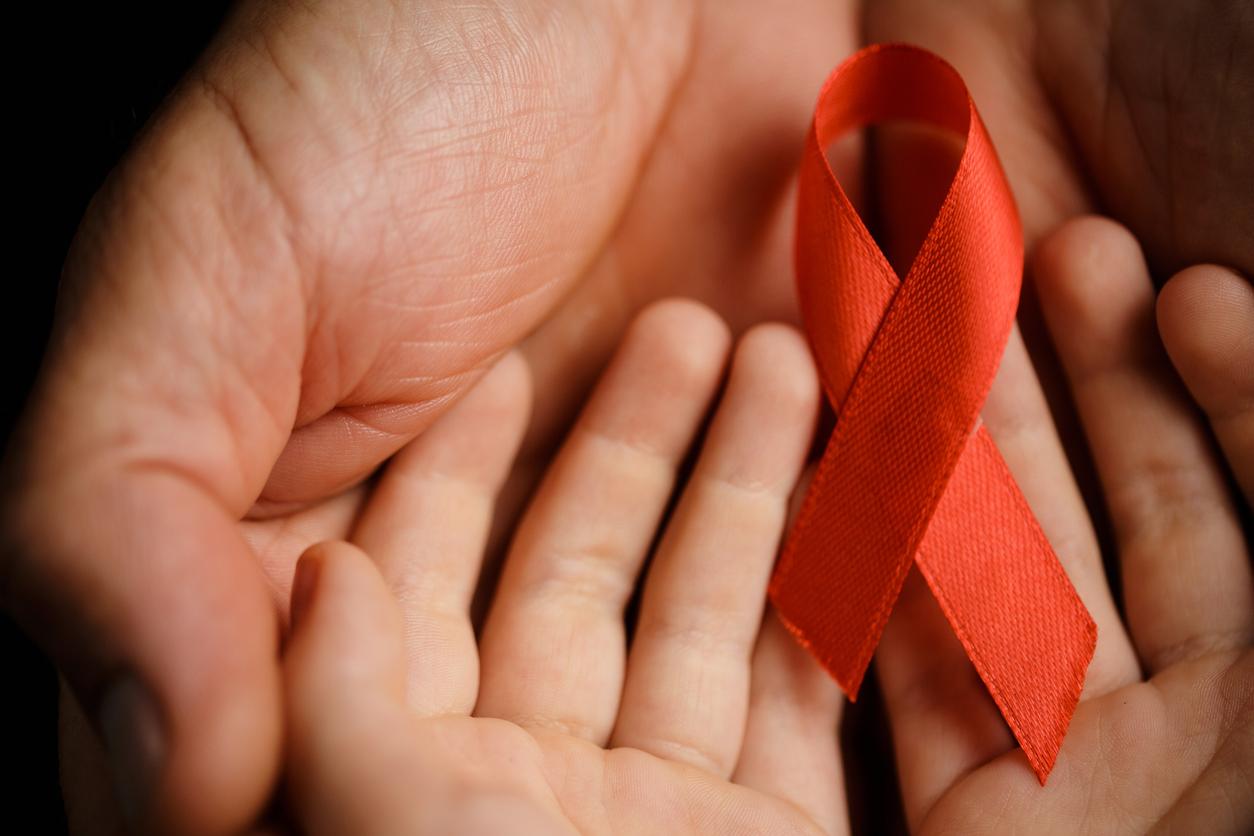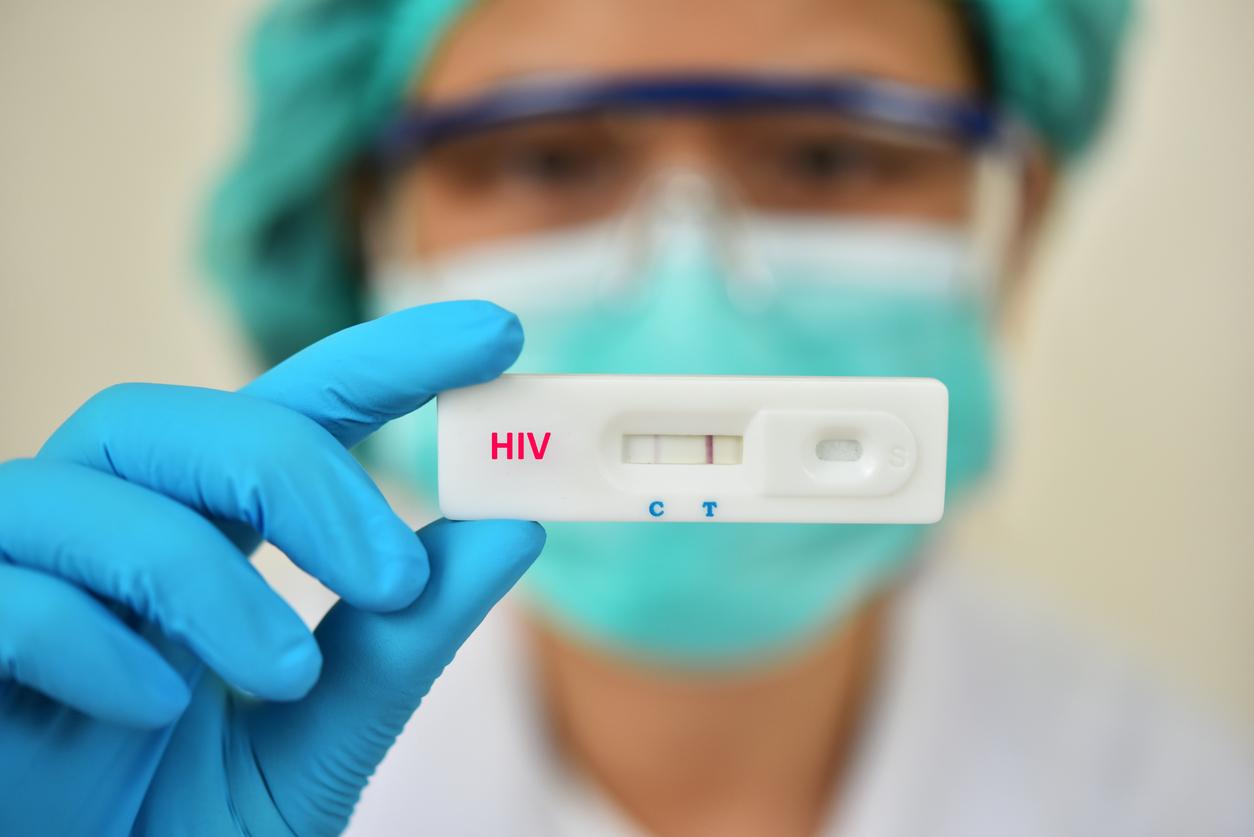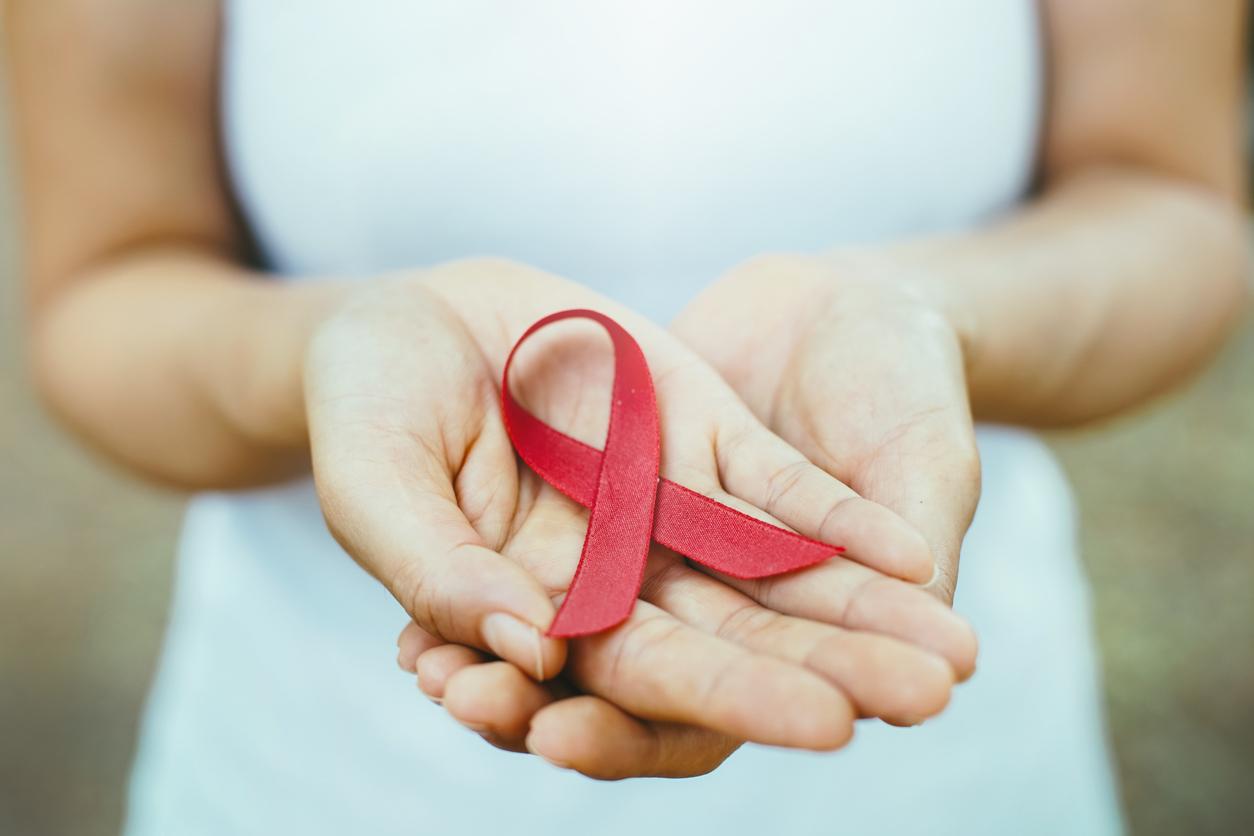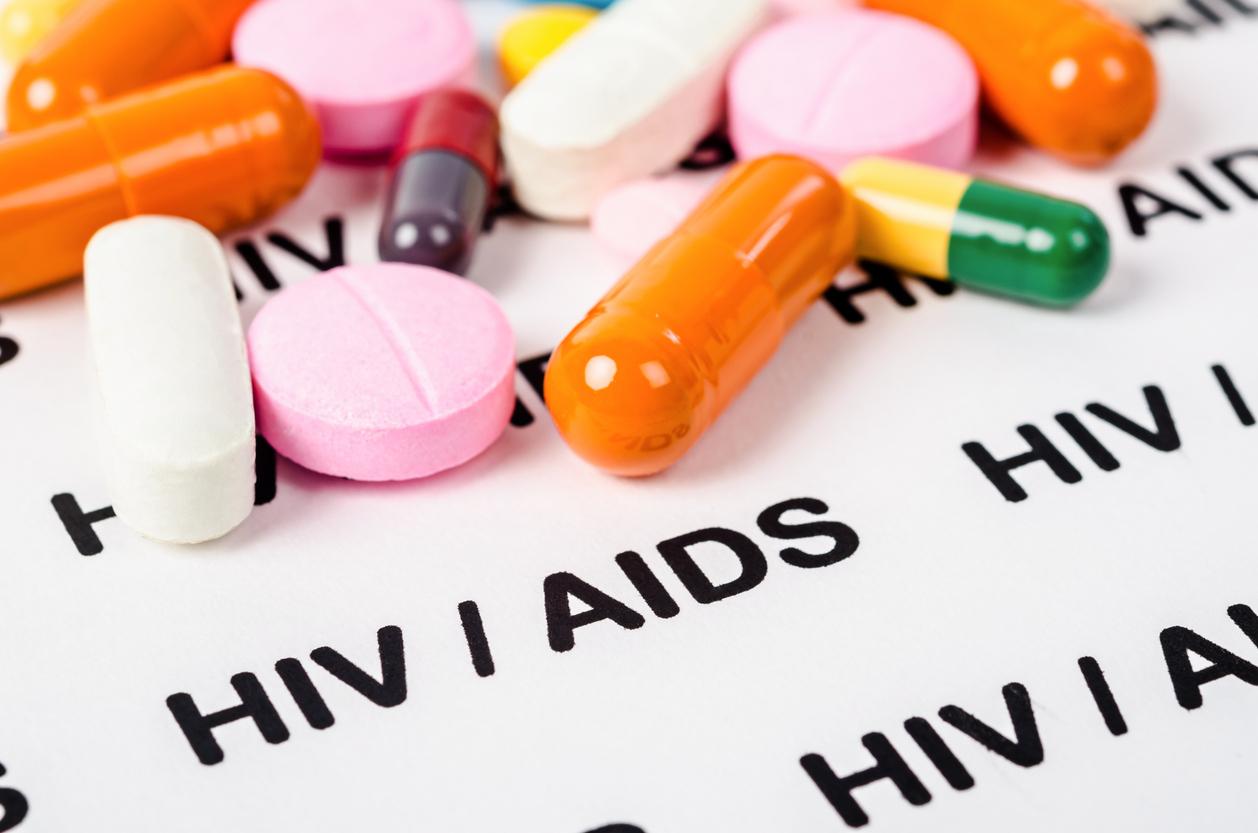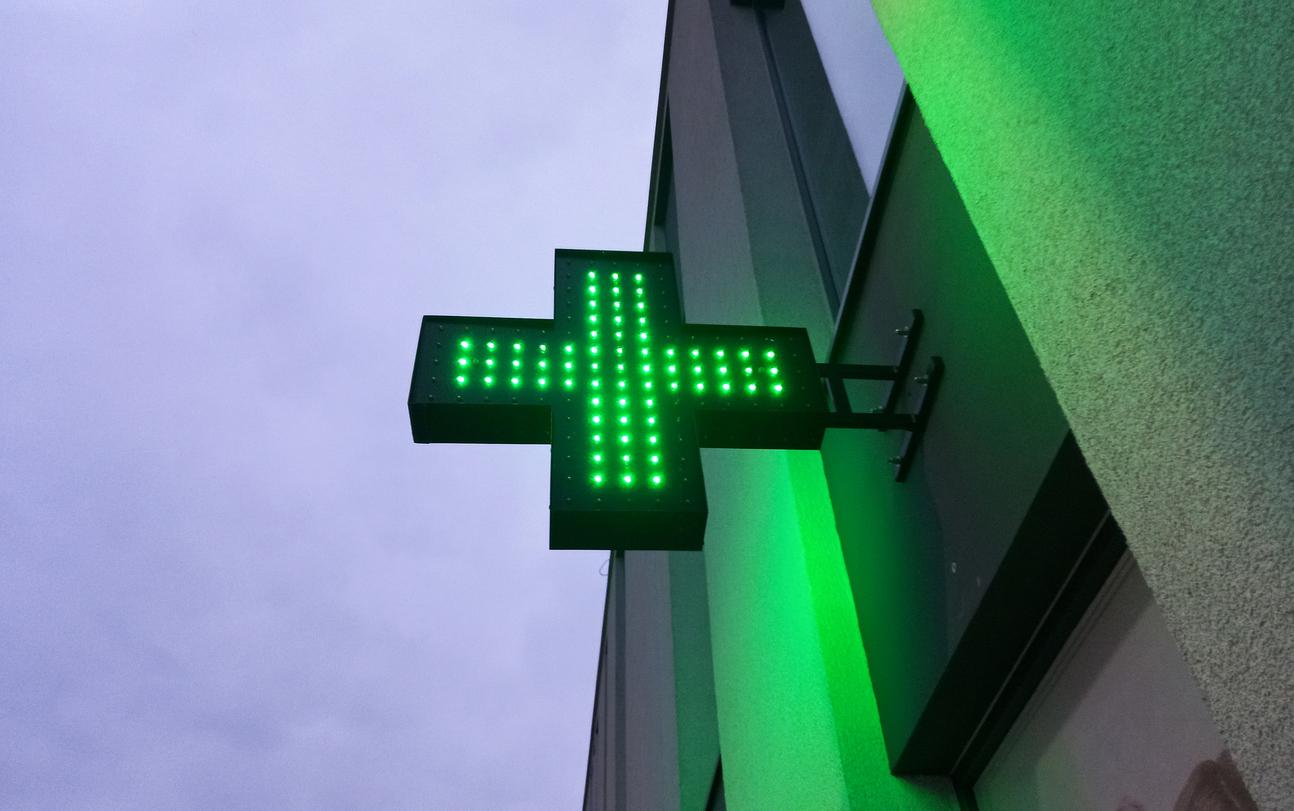The eagerly awaited HIV self-test has arrived in pharmacies. Supposed to promote screening, certain limits could hamper its use.
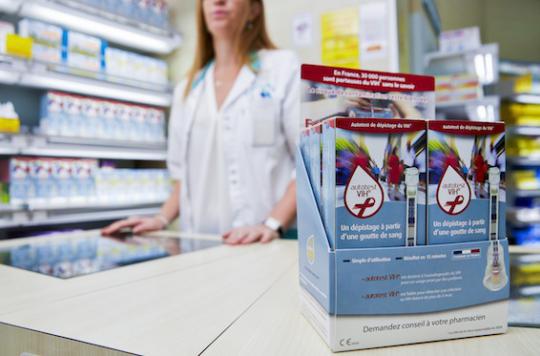
Since Tuesday, September 15, HIV self-tests are available in French pharmacies. It is especially aimed at people at risk who will not go to an anonymous and free screening center or a doctor. The aim is to improve screening for the 30,000 HIV-positive people who ignore themselves. But like any screening tool, the HIV self-test has some limitations and advantages.
Advantages
Easy to use. From the collection of a drop of blood at the fingertip, the HIV self-test gives a 99% reliable result in 15 to 30 minutes. As with a pregnancy test, the user reads and interprets the result himself.
Additional tool. Accessible to everyone, the self-test is not intended to replace the classic tests carried out in the laboratory. Above all, it must promote the screening of patients most at risk and those who are furthest from screening.
A support. Faced with the concerns raised by this test, the laboratory and associations such as AIDES collaborated. All notices indicate the toll-free number of AIDS Info Service available 24 hours a day, 7 days a week (1) to advise users performing the test or support those who discover their HIV status.
Reliability. The HIV self-test designed by AAZ company is the only one to have obtained the CE marking ensuring the quality and reliability of the tool. It can be purchased on the website of pharmacies authorized to sell drugs online, which should prevent buying from fraudulent or unattended sites and the use of faulty tests.
The inconvenients
The price. Deemed prohibitive by many health professionals and associations, the self-test is sold between 25 and 28 euros and is not reimbursed by social security. Suddenly, it will not be accessible to a segment of the population precisely targeted, such as young people, migrants or the less well-off.
The delay. To obtain a reliable result, the test should be performed 3 months after a risk situation while a laboratory test can be done within 6 weeks. False positives. If the result is positive, it must be confirmed by a second test prescribed by a doctor or carried out in an anonymous and free screening center.
Announcement of the diagnosis. This subject raises many questions. How will the user alone at home react to his HIV status? Will he go to the end of the process to confirm his result with a classic test?
Sites, telephone lines, hotlines in associations have been planned so as not to leave the person isolated. But she will have to take the plunge to request support.
(1) For any information, or in case of doubt about the performance or interpretation of the test result, contact Sida Info Service at 0 800 840 800
.








